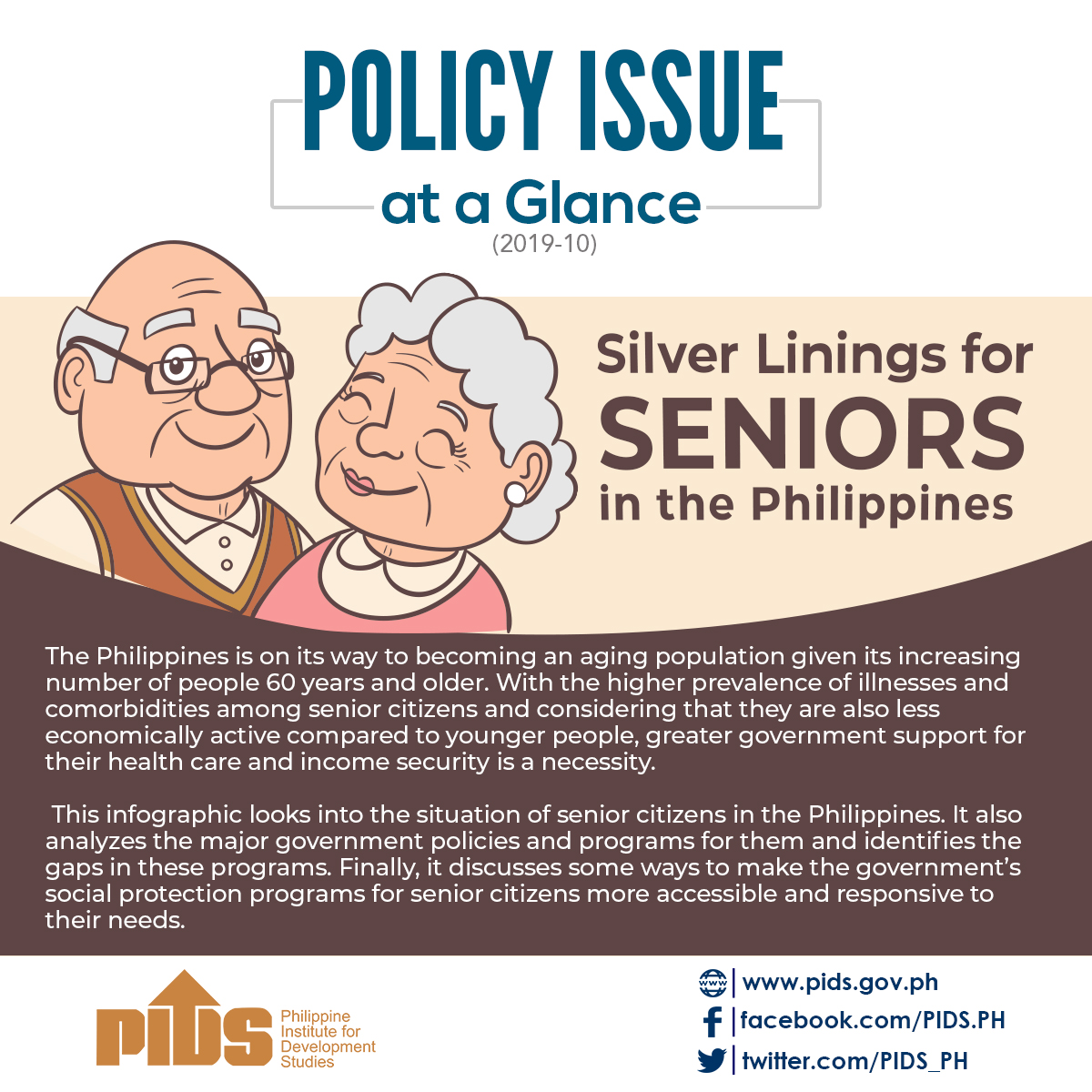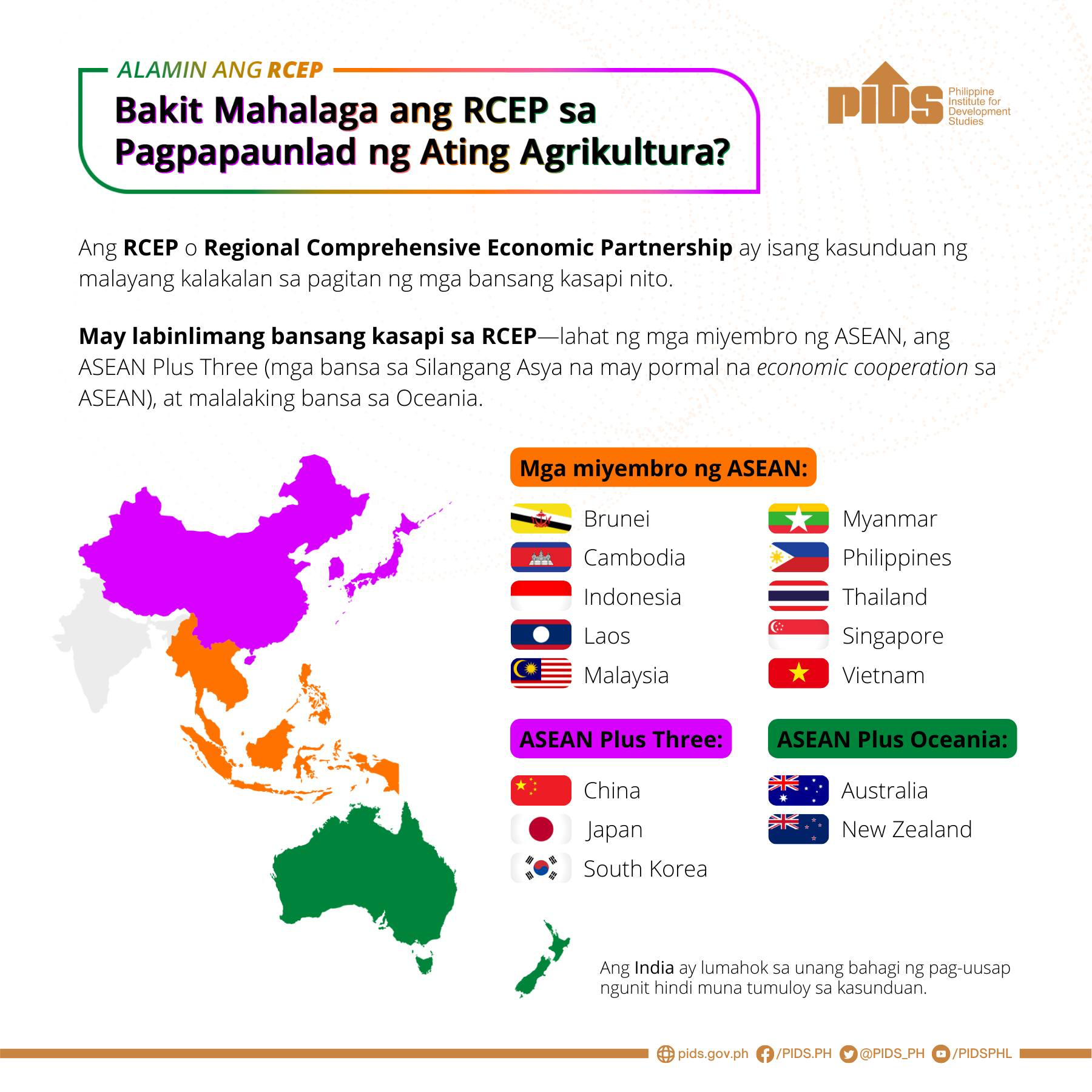As the Senate takes its time on ratifying the Regional Comprehensive Economic Partnership (RCEP) that become it unlikely for the country to bve a signatory when the agreement is implemented on 1 January 2022, experts expressed fears that the delay will penalize the economy.
Trade Secretary Ramon Lopez said ratifying the free trade agreement (FTA)will most likely happen in the first two weeks of January 2022, but economist Dr. Francis Quimba of the Philippine Institute for Development Studies (PIDS), indicated that the country can’t afford not to sign up with the RCEP deal.
The country will miss out on the opportunity to facilitate its much-needed economic growth and recovery if it misses the RCEP boat, according to Lopez.
Quimba underlined a delayed signing would lead to a 0.26 percent decline in the real gross domestic product (GDP).
“Economies that fail to ratify the agreement (when the rest of the world does) will be adversely affected. The Philippines and Vietnam are among the countries that will have positive export growths once the RCEP is in effect, and much of the growth will come from the new-product margin where innovations stem,” Quimba said.
Phl, Vietnam gain most
Quimba noted that initial estimates showed that while East Asian countries stand to benefit in terms of increase in exports as RCEP will be the biggest FTA, the Philippines and Vietnam will gain the most in terms of real GDP expansion due to lower trade costs and higher factory gate prices.
On the other hand, a study conducted by Caesar Cororaton, a Research Fellow at the Virginia Polytechnic Institute and State University (USA) and a Visiting Scholar at the De La Salle University (DLSU), noted that the RCEP is estimated to improve the country’s trade balance by as much as $128.2 million, increase overall welfare by $541.2 million, contribute to a 1.93 percent real GDP expansion growth, and lower poverty incidence by 3.62 percent in 2031.
While in the study released by the Asian Development Bank (ADB) it recognized that RCEP has a strong potential to mold regional trade and investment patterns well into the future and to influence the direction of global economic cooperation during a challenging time.
Deeper regional grid
It is said that RCEP’s effects on the region’s trade will also significantly deepen regional production networks and raise productivity, as, at the sectoral level, exports and imports of nondurable and durable manufactures will experience the most growth.
Some stakeholders, however, pointed out that the study by the ADB indicates marginal gains for the Philippines, with the country only seeing an incremental increase in real income of $3 billion by 2030 (or 0.39 percent growth) compared to other RCEP participating countries such as China, Japan, and Korea.
On this point, Lopez explained that it is understandable that East Asian countries see the largest increase in incomes as this will be the first time that these three countries will have an FTA with each other.
Before RCEP, there had been no FTA between China, Japan, and Korea which means there is no pre-existing preferential treatment on traded goods among them, and most favored nation rates are applied.
“The same can also be said with trade in services and investment where these countries do not accord special treatment to services and investments coming from the other two countries,” Lopez said.
He added: “While the ADB study cited in the article states that the Philippines will see a small incremental increase in real income valued at only $3 billion by 2030, again this must be viewed in proper context. Note that Singapore has zero incremental income in the study with a growth rate of 0.05 percent; Brunei has 0.46 percent change in income but it has zero incremental income; Indonesia has 0.18 percent percent change in income yet it has $4 billion incremental income, and Vietnam has 0.97 percent change in income yet it has only $4 billion incremental income.”
The agreement will enter into force for the signatory states sixty 60 days after the deposit of their instrument of ratification or approval.
Trade Secretary Ramon Lopez said ratifying the free trade agreement (FTA)will most likely happen in the first two weeks of January 2022, but economist Dr. Francis Quimba of the Philippine Institute for Development Studies (PIDS), indicated that the country can’t afford not to sign up with the RCEP deal.
The country will miss out on the opportunity to facilitate its much-needed economic growth and recovery if it misses the RCEP boat, according to Lopez.
Quimba underlined a delayed signing would lead to a 0.26 percent decline in the real gross domestic product (GDP).
“Economies that fail to ratify the agreement (when the rest of the world does) will be adversely affected. The Philippines and Vietnam are among the countries that will have positive export growths once the RCEP is in effect, and much of the growth will come from the new-product margin where innovations stem,” Quimba said.
Phl, Vietnam gain most
Quimba noted that initial estimates showed that while East Asian countries stand to benefit in terms of increase in exports as RCEP will be the biggest FTA, the Philippines and Vietnam will gain the most in terms of real GDP expansion due to lower trade costs and higher factory gate prices.
On the other hand, a study conducted by Caesar Cororaton, a Research Fellow at the Virginia Polytechnic Institute and State University (USA) and a Visiting Scholar at the De La Salle University (DLSU), noted that the RCEP is estimated to improve the country’s trade balance by as much as $128.2 million, increase overall welfare by $541.2 million, contribute to a 1.93 percent real GDP expansion growth, and lower poverty incidence by 3.62 percent in 2031.
While in the study released by the Asian Development Bank (ADB) it recognized that RCEP has a strong potential to mold regional trade and investment patterns well into the future and to influence the direction of global economic cooperation during a challenging time.
Deeper regional grid
It is said that RCEP’s effects on the region’s trade will also significantly deepen regional production networks and raise productivity, as, at the sectoral level, exports and imports of nondurable and durable manufactures will experience the most growth.
Some stakeholders, however, pointed out that the study by the ADB indicates marginal gains for the Philippines, with the country only seeing an incremental increase in real income of $3 billion by 2030 (or 0.39 percent growth) compared to other RCEP participating countries such as China, Japan, and Korea.
On this point, Lopez explained that it is understandable that East Asian countries see the largest increase in incomes as this will be the first time that these three countries will have an FTA with each other.
Before RCEP, there had been no FTA between China, Japan, and Korea which means there is no pre-existing preferential treatment on traded goods among them, and most favored nation rates are applied.
“The same can also be said with trade in services and investment where these countries do not accord special treatment to services and investments coming from the other two countries,” Lopez said.
He added: “While the ADB study cited in the article states that the Philippines will see a small incremental increase in real income valued at only $3 billion by 2030, again this must be viewed in proper context. Note that Singapore has zero incremental income in the study with a growth rate of 0.05 percent; Brunei has 0.46 percent change in income but it has zero incremental income; Indonesia has 0.18 percent percent change in income yet it has $4 billion incremental income, and Vietnam has 0.97 percent change in income yet it has only $4 billion incremental income.”
The agreement will enter into force for the signatory states sixty 60 days after the deposit of their instrument of ratification or approval.












